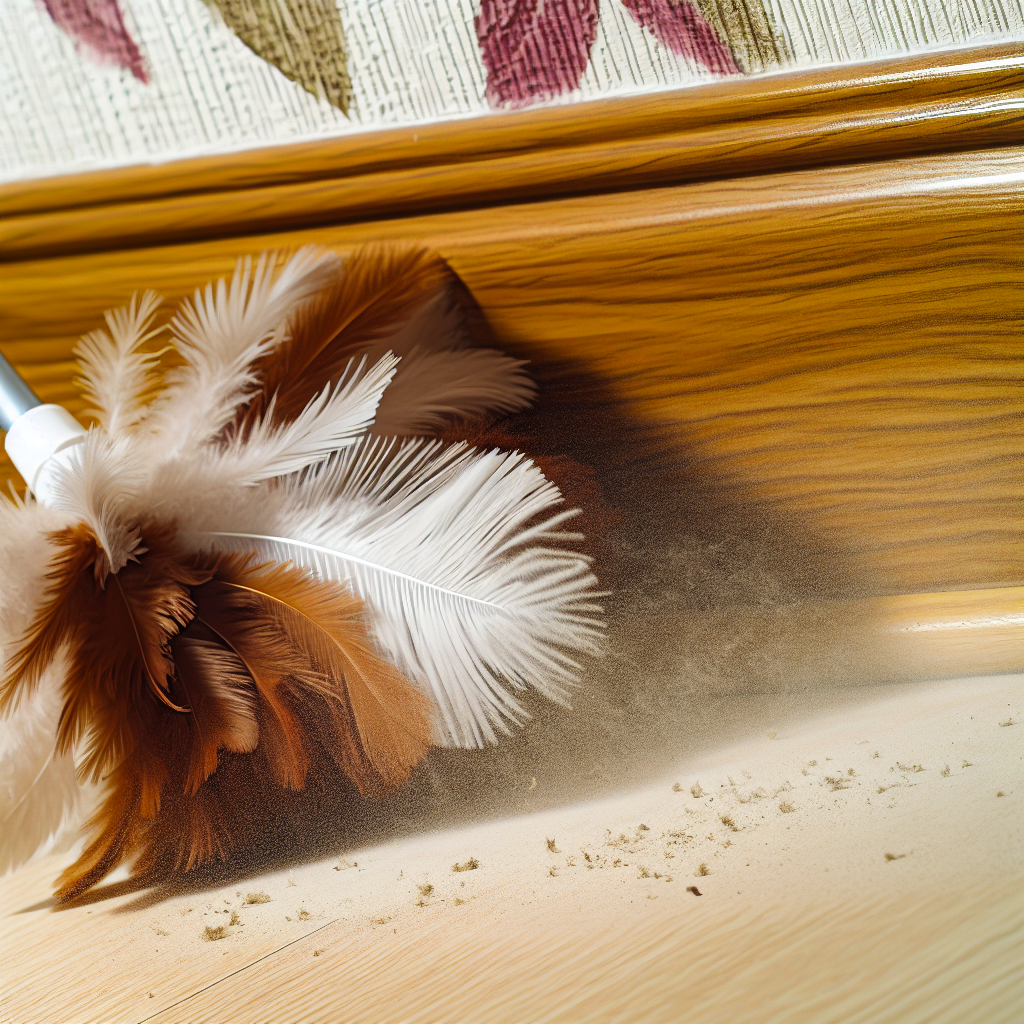
Lead in house dust - what you need to know
Share
If you know someone obsessed with dusting, they may be right for the wrong reason. House dust is seriously dangerous to young children - because of lead.
“For most children, the majority of their exposure is from household dust that is a consequence of the decay of old lead-based paint,” says Michael Weitzman, a professor of environmental medicine and pediatrics at New York University’s Langone Medical Center. Old windows are a major source of exposure; another is renovating older homes without taking proper precautions, according to the nonprofit National Center for Healthy Housing (NCHH). (source)
Houses with lead paint in that are 'safe' (the paint has been overpainted and is in good condition) may still have residual dust from periods before the overpainting or from renovations, or from other sources such as garden soil or lead flashing. In the US contractors are obliged to test the house dust when they have finished renovation and ensure floor levels are below 10 micrograms per square foot (mcg/sqft). This figure is shortly set to be lowered to 3 mcg/sqft as it is widely recognised that levels up to 10 mcg/sqft still pose significant risks.
'Normal' cleaning does not do enough to remove lead dust, which at levels far above 10 mcg/sqft is completely invisible. Mops simply spread the dust around; single use wipes are best. Detergent is essential, and not all detergents are effective (in the US contractors are sold specialist lead-removal detergents). Normal vacuums do not have adequate filters and simply blow the finer dust around (see if your contractor or cleaner knows what an H-Class vacuum is). There is only one way to be confident your home is safe: test it.
If you live in a city, the exterior paved or tarmacked areas of your home may be some of the most contaminated. Lead pollution in exterior areas of cities is extensive thanks to decades of construction, demolition, and leaded fumes; unlike interiors, pavements, roads and driveways are not regularly vacuumed and wiped. At Lead Safe UK we have spot sampled random areas of terraces and pavements in London and frequently find concentrations over 100mcg/sqft (20 times safe levels for indoor spaces). Lead flashing on or in close proximity to roof terraces and balconies can also lead to very high levels of lead dust in those areas: we measured levels over 500 mcg/sqft on our own new-build roof terrace below some small areas of lead flashing. Do not neglect to test outdoor areas, and if they are heavily used by young children, consider cleaning them regularly.
